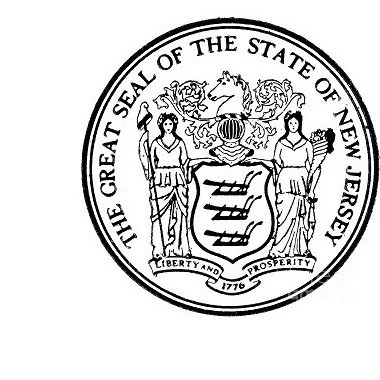Accessibility Policy
This policy provides a set of established guidelines, a checklist of design considerations, and additional references. The checklist provides a quick reference for numerous design issues. Additional references are provided for those who wish to gain a broader understanding of disability and accessibility issues.
Our services have adopted Section 508 and W3C Web Accessibility Initiative standards and guidelines as the benchmark to meet the objectives of the Universal Accessibility for State Web sites policy. These published Section 508 guidelines where published to the federal register on December 21, 2000 and will be implemented in portals and sites by June 21, 2001. The Access Board (the federal board assigned to create Section 508 standards) used the W3C Web Accessibility Initiative guidelines as the benchmark for developing their standards. For more information about the Access Board and guidelines visit their Web site http://www.access-board.gov.
We have adopted the Design of HTML Pages to increase accessibility to users with disabilities as the primary guideline to meet the objectives of the Universal Access for State Design policy. These published guidelines are maintained by professionals trained in the area of assistive and information technology.
We embrace these standards and will be evaluating our services on a regular basis, increasing the opportunity for all individuals to access information over the Internet. The Universal Access Design Standards are being integrated into services and will continue to evolve as new technologies and opportunities emerge.
- A text equivalent for every non-text element shall be provided via "alt" (alternative text attribute), "longdesc" (long description tag), or in element content.
- Web pages shall be designed so that all information required for navigation or meaning is not dependent on the ability to identify specific colors.
- Changes in the natural language (e.g., English to Spanish) of a document's text and any text equivalents shall be clearly identified.
- Documents shall be organized so they are readable without requiring an associated style sheet.
- Web pages shall update equivalents for dynamic content whenever the dynamic content changes.
- Redundant text links shall be provided for each active region of a server-side image map.
- Client-side image maps shall be used whenever possible in place of server-side image maps.
- Data tables shall provide identification of row and column headers.

